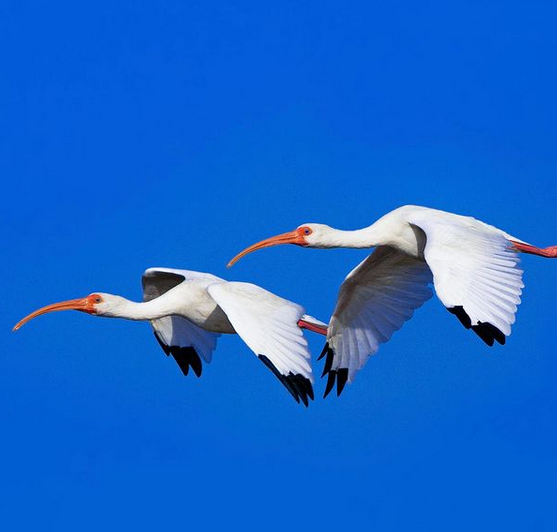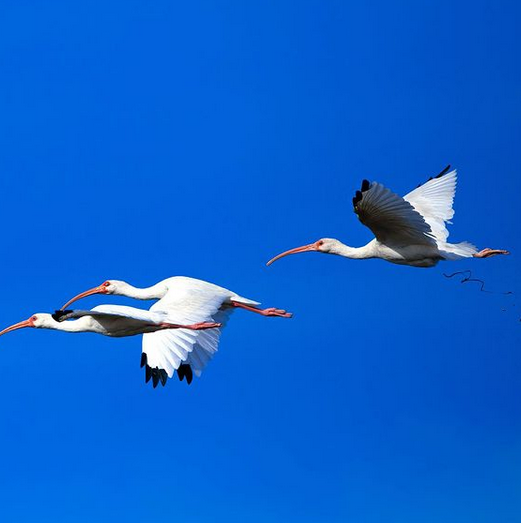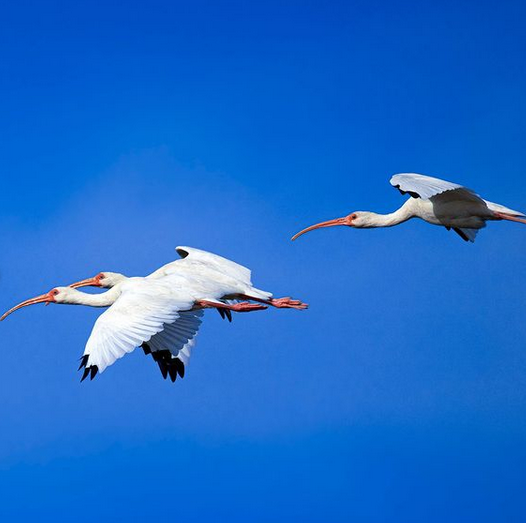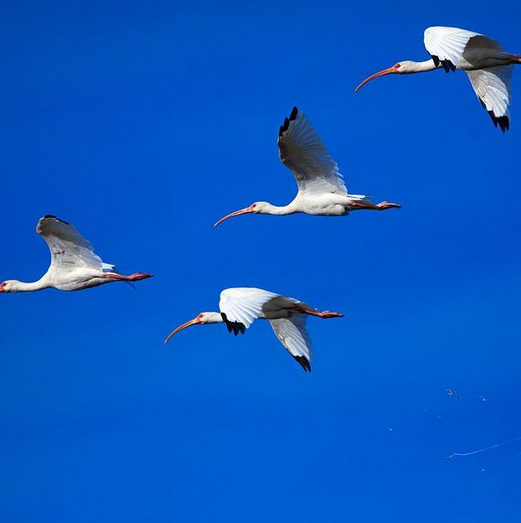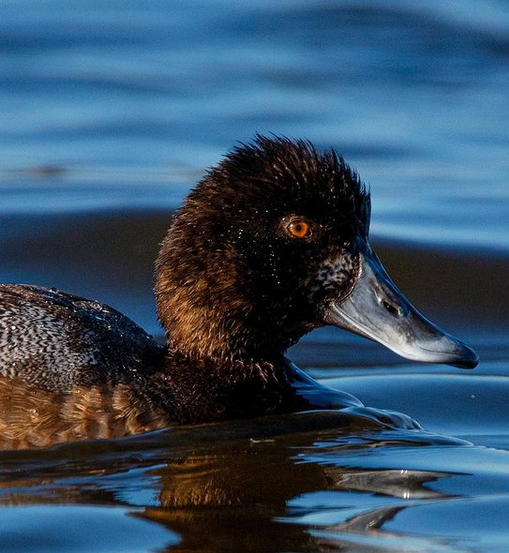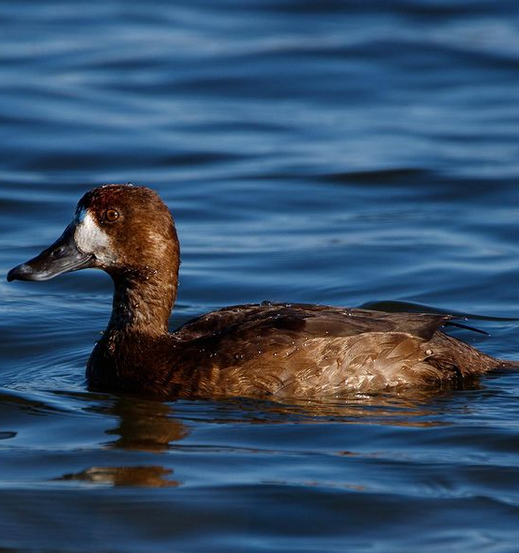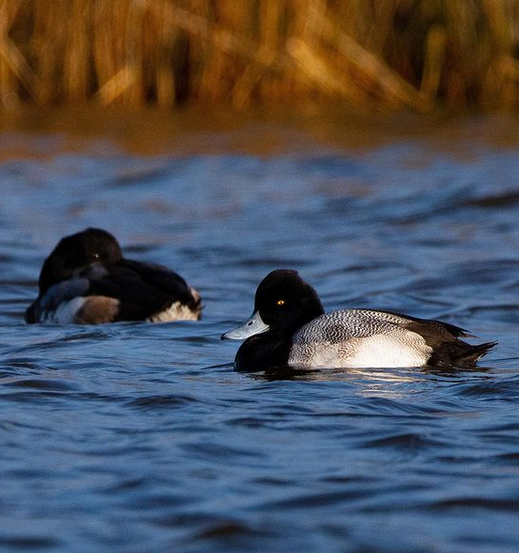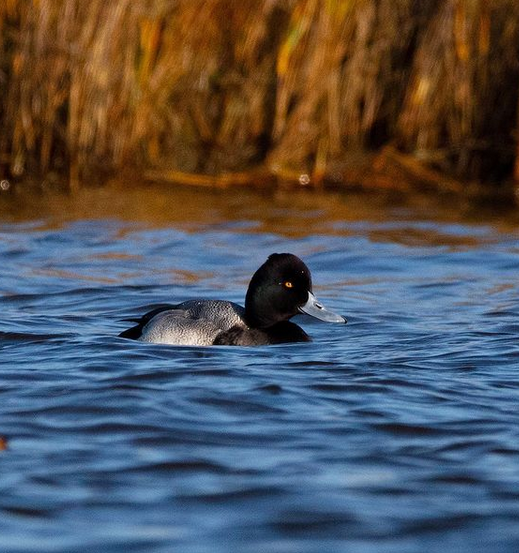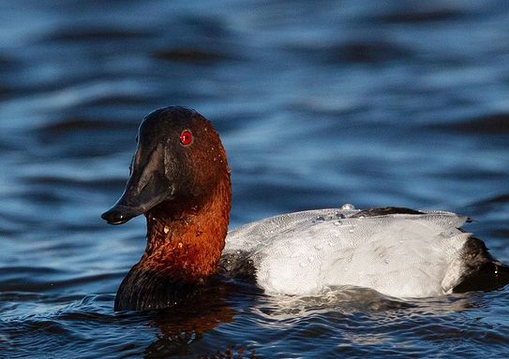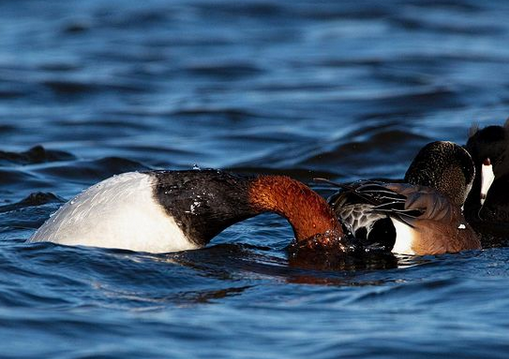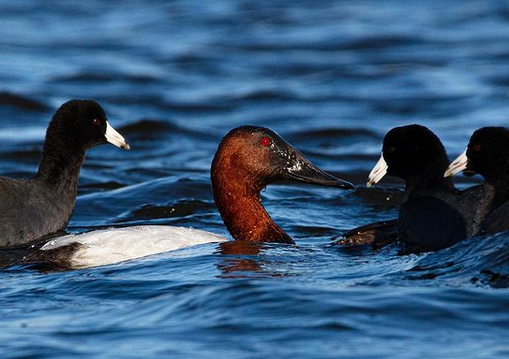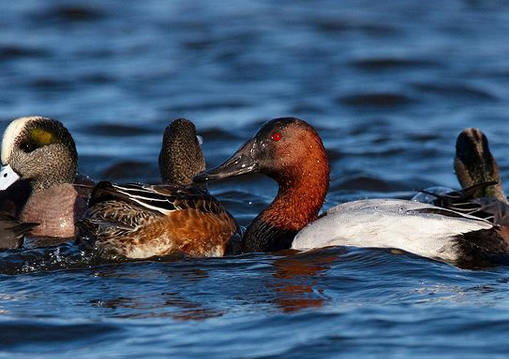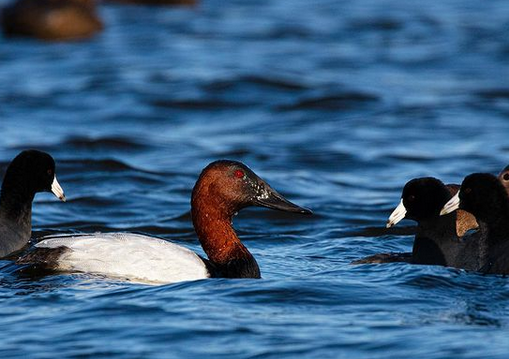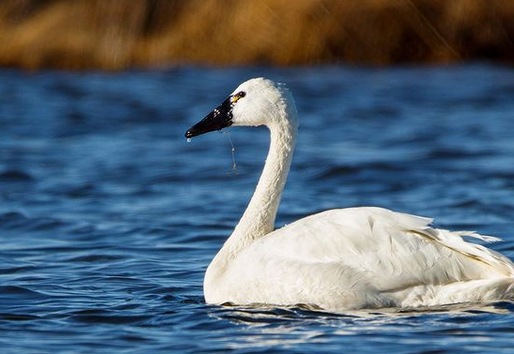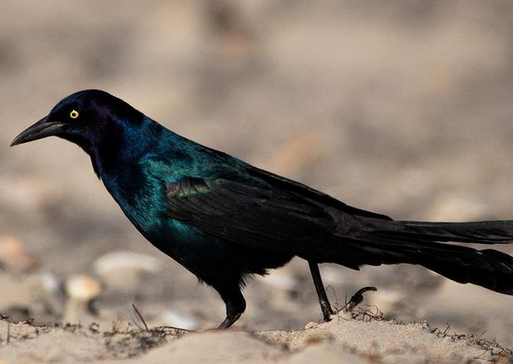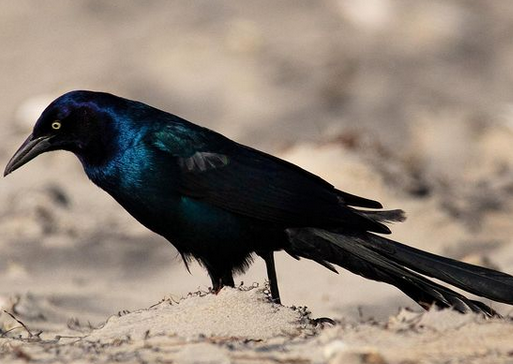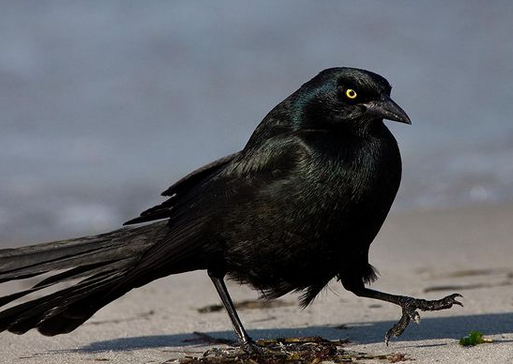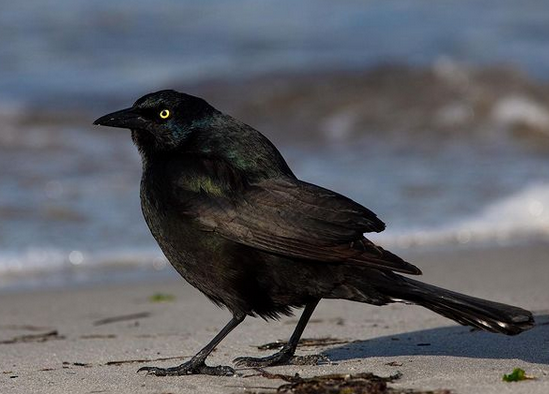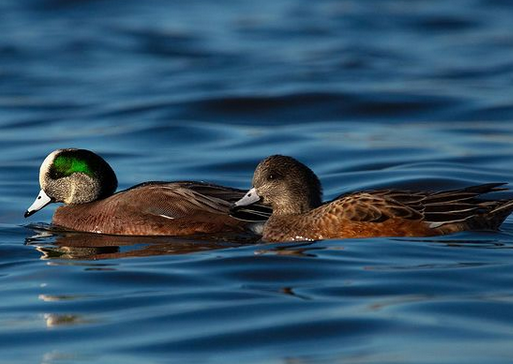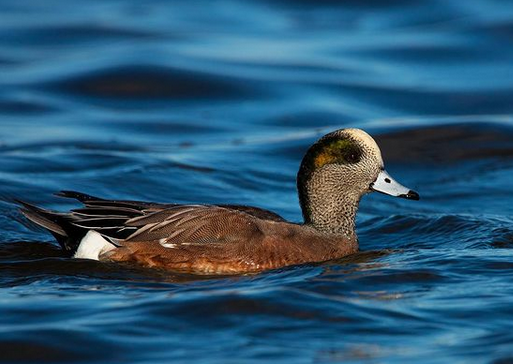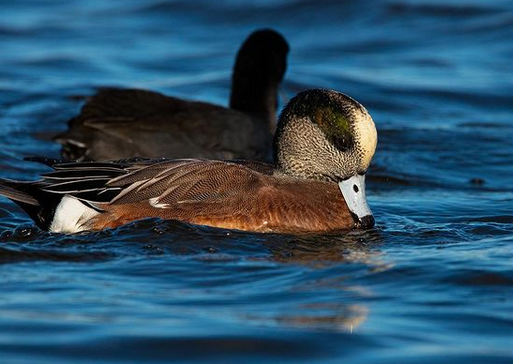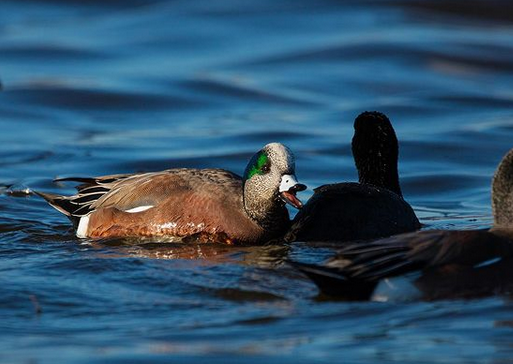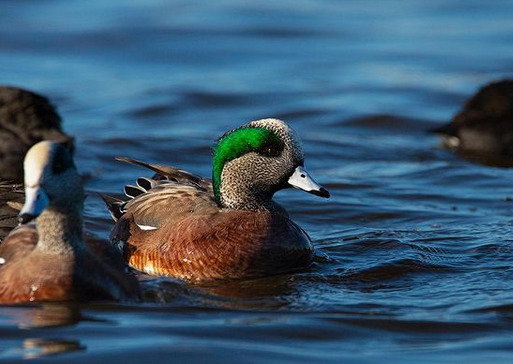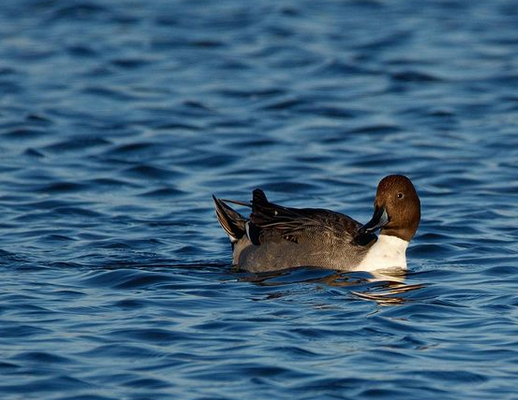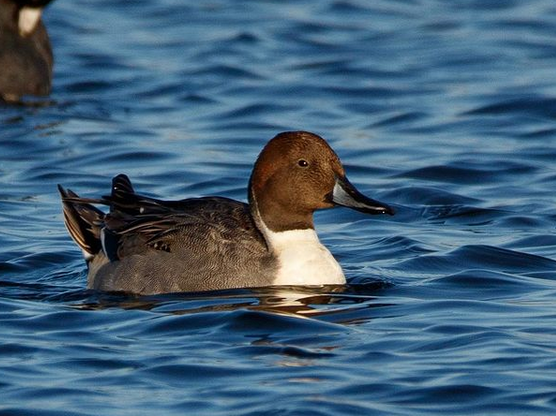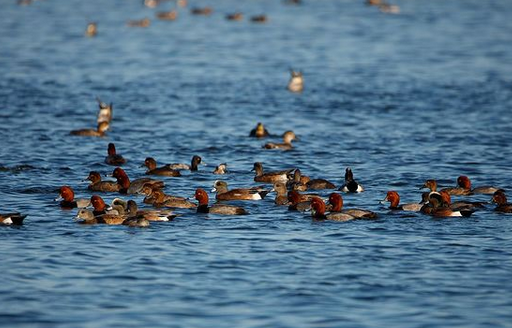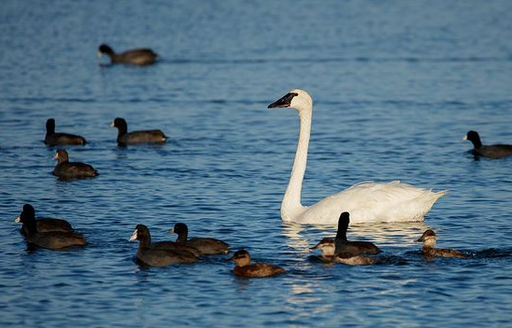Now here’s one of my favorite shorebirds, the Ruddy Turnstone.
I found this handsome little one near the jetty at the Old Coast Gaurdian Station on Pea Island this afternoon while leading a private tour.
The nice thing was that this bird was quite amicable to our presence on the beach allowing us a nice close up view from about 15 ft away.
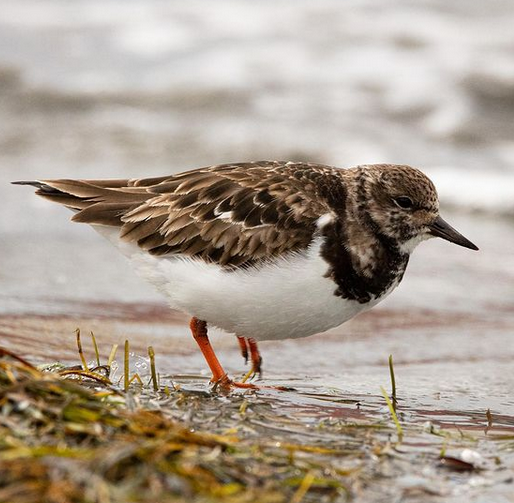
Although they breed in the Arctic, Ruddy Turnstones may be found in the coastal areas of North Carolina throughout most of the year in varying numbers. They’re most often spotted on rocky jetty’s, inlets and saltwater shorelines with pebble beaches.
Interestingly their preference for foraging in these types of habitats is actually how they earned their name.
They’ll scour the shoreline flipping over stones, pebbles and shells to look for prey possibly hiding underneath. It’s a unique behavior that’s really neat to watch.
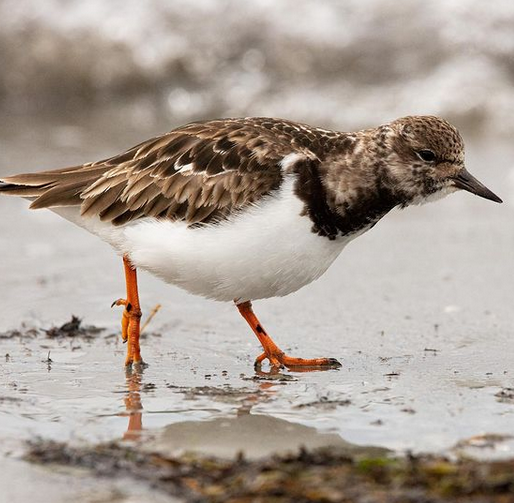
The Ruddy Turnstone is also nicknamed the calico cat of shorebirds. During the breeding season, both males and females have bright orange legs, an orange-and-black patterned back, white belly, and black-and-white face. As seen in these photos, their nonbreeding plumage look similar to their breeding attire, but during the winter it’s replaced with a warm brown rather than then that distinct orange and black color combination.
Since they have to walk on wet rocks, the pads of their orange feet are grooved plus their toenails are short and sharply curved which gives them added grip while walking on those slippery surfaces.
Such fascinating birds!
Photos by @sally_siko of @birdwatching_nc on the fabulous full frame @canonusa
#5Ds
PS. I just realized that it’s been a while since I showed my face on this website. Figured I might as well post a quick pic from today just so you guys know I’m a human not a bird bot 😉
Anyway hi!!

PPS. I met 3 birders from Ohio this evening at the Alligator River NWR. It was wonderful to connect with other like minded bird lovers out there in the field. If you are one of those 3, nice to meet ya! I hope you’re enjoying your trip to NC 🙂

